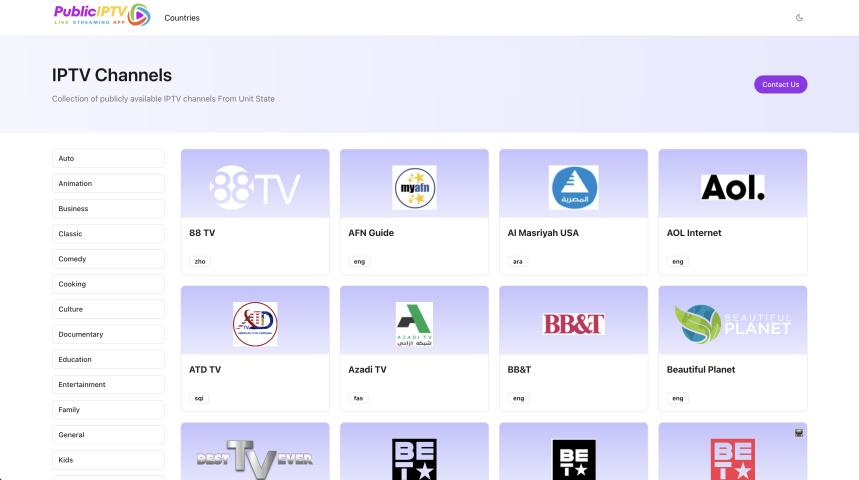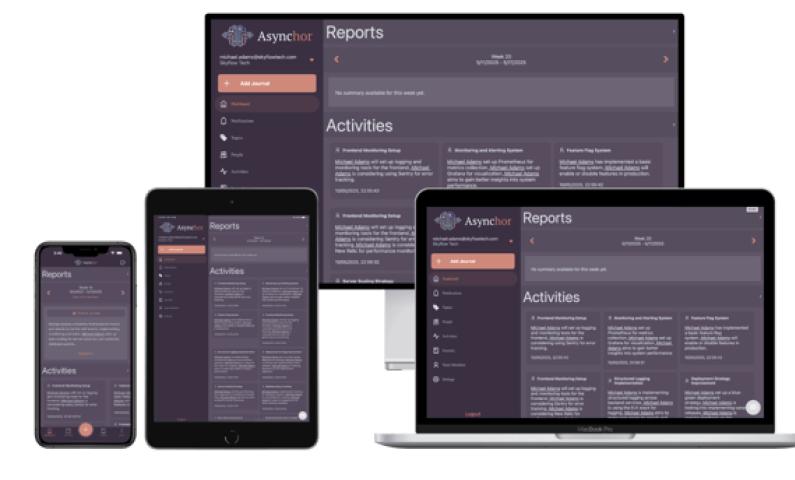The CCIE Enterprise Infrastructure v1.1 certification is one of the most sought-after qualifications for networking professionals who aspire to be at the top of their game. Cisco’s CCIE (Cisco Certified Internetwork Expert) is an advanced-level certification that validates your expertise in complex enterprise infrastructure technologies and network management. Whether you are aiming to design, implement, or troubleshoot enterprise networks, the CCIE Enterprise Infrastructure certification is a key stepping stone to becoming a network expert.
This article will provide an in-depth look at the CCIE Enterprise Infrastructure v1.1 course, its certification details, and the importance of supporting virtual machines (VMs) in this new age of networking. Additionally, we will discuss the training required to master this course and how CCIE Enterprise Training can set you apart in the IT industry.
Overview of CCIE Enterprise Infrastructure v1.1 Course Training
The CCIE Enterprise Infrastructure v1.1 course focuses on the key skills and technologies required to manage modern enterprise networks. As businesses increasingly rely on automation, cloud services, and virtualization, mastering these tools has become essential. This course provides a comprehensive training path covering everything from foundational enterprise networking to advanced automation and security measures.
Key topics covered in the CCIE Enterprise Infrastructure training include:
Network Infrastructure: The course dives deep into Layer 2 and Layer 3 network infrastructure, including protocols like OSPF, EIGRP, and BGP. It also covers MPLS (Multiprotocol Label Switching) and segment routing to enable efficient data transfer in large-scale enterprise networks.
Security and Automation: In today’s enterprise environments, network automation and security are critical. The course covers network automation using tools like Python, NETCONF, RESTCONF, and Ansible. It also ensures you understand how to implement advanced security protocols to protect network integrity.
Software-Defined Networking (SDN): A significant portion of the training is dedicated to SDN concepts using Cisco’s SD-Access and SD-WAN solutions. SDN is revolutionizing how networks are managed, offering greater flexibility and centralized control.
Network Assurance and Troubleshooting: Network assurance ensures that the network performs as expected. The course includes methodologies for monitoring, managing, and troubleshooting issues in real-time. Tools like Cisco DNA Center help streamline these processes.
CCIE Enterprise Infrastructure v1.1 Certification Course Details
Qualifying Exam (350-401 ENCOR): The written exam focuses on the knowledge of enterprise network technologies. The key areas include dual-stack (IPv4 and IPv6) architecture, virtualization, infrastructure, network assurance, security, and automation. The first step to becoming certified is passing this exam.
Lab Exam: The CCIE lab exam is an eight-hour hands-on test that evaluates your ability to configure, diagnose, and troubleshoot a series of complex network scenarios. The lab exam emphasizes automation and programmability, which reflects the current demands in enterprise networks. Candidates must demonstrate their proficiency in deploying scalable enterprise networks using technologies such as Cisco SD-WAN and Software-Defined Access (SD-Access).
Supporting Virtual Machines in CCIE Enterprise Infrastructure
In the modern networking environment, virtual machines (VMs) play a critical role in supporting enterprise infrastructure. Virtualization is no longer just an optional component; it has become a core part of network design and management.
The CCIE Enterprise Infrastructure v1.1 course places significant emphasis on working with VMs and understanding how they interact within a network. As businesses move towards virtualization and cloud-based services, professionals must be adept at managing virtualized environments that coexist with physical infrastructure.
Key components of supporting VMs in this course include:
Virtualized Network Functions (VNF): Many enterprise network functions, such as firewalls, routers, and load balancers, now operate as VNFs. These functions are run on VMs, reducing the need for dedicated hardware. Understanding how VNFs work and interact with other network components is crucial.
Virtualization Platforms: Cisco’s virtualization platforms, such as Cisco UCS (Unified Computing System) and VMware, are used to run VMs in an enterprise environment. The CCIE Enterprise Infrastructure training provides exposure to these platforms, helping candidates manage network infrastructures that are a hybrid of physical and virtual components.
Integration with Cloud Services: VMs are extensively used in cloud environments like AWS, Microsoft Azure, and Google Cloud. A modern network professional must understand how to connect on-premise enterprise networks with cloud-based VMs. This integration is covered as part of the course, allowing candidates to manage and optimize hybrid networks.
By mastering VM support and integration, professionals taking the CCIE Enterprise Infrastructure certification are better equipped to handle complex enterprise environments that increasingly rely on virtualized services.
Conclusion
Achieving the CCIE Enterprise Infrastructure certification is a hallmark of expertise in managing complex enterprise networks. As businesses continue to embrace automation, virtualization, and cloud-based services, the demand for CCIE-certified professionals remains high.
Enrolling in CCIE Enterprise Training is the most effective way to prepare for this challenging certification. With comprehensive coverage of network infrastructure, security, automation, and virtualization, the training provides candidates with the skills and hands-on experience they need to pass the CCIE exams and excel in their careers.















